CUBA HOY: LA HABANA NO DEBE MORIR. PHOTOS.
Un recorrido por la belleza ajada de una ciudad eterna.
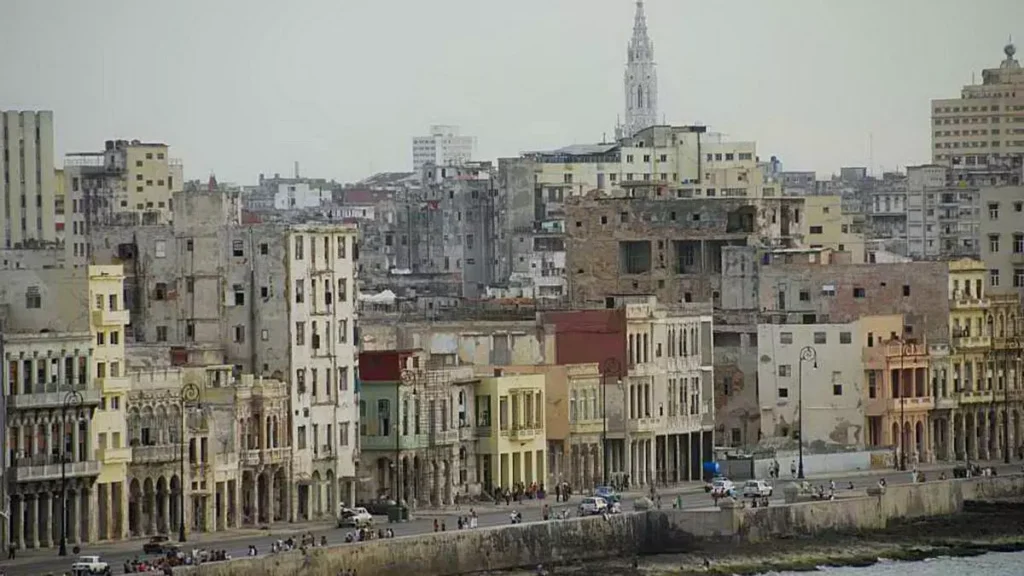
La capital no muere por azar, sino por la desidia, el desgobierno, la falta de recursos y voluntad política. / Javier Adrián Torres
MALAGA/LA HABANA- La Habana no debe morir. Pero se está muriendo. No lentamente, como envejecen algunas ciudades nobles, ni transformándose, como las que se adaptan al tiempo. La Habana se derrumba. Sus cúpulas resisten lo que pueden, sus columnas tiemblan y sus muros –vencidos por el salitre, el abandono y la pobreza– ya no se sostienen solo con memoria. Se cae un balcón, se hunde una escalera, se pierde una fachada, y con ella, un fragmento de historia.
Y no muere por azar, sino por la desidia, el desgobierno, la falta de recursos y una voluntad política que durante décadas no entendió –o no quiso entender– el valor de su belleza y de su legado. Si La Habana aún conserva algo de su alma es porque hubo una voz, la de Eusebio Leal, el Historiador de La Habana, que la defendió contra todo, piedra a piedra, ley a ley, gracias en gran parte a su amistad personal con Fidel Castro y hasta donde pudo, luego de la muerte del dictador.
Hoy, sin su aliento y sin recursos, la ciudad naufraga. Pero no debe morir, porque su historia, su cultura y su dignidad la hacen merecedora de la eternidad.
Caminar La Habana no es solo recorrer una ciudad: es escuchar lo que las fachadas murmuran cuando se abren los portones y asoma, bajo la ruina, el esplendor. Es ver cómo una ciudad que fue faro del Caribe y del mundo hispánico late todavía bajo capas de abandono y decadencia. Es recordar lo que fue y preguntarse cómo ha podido ser olvidada.
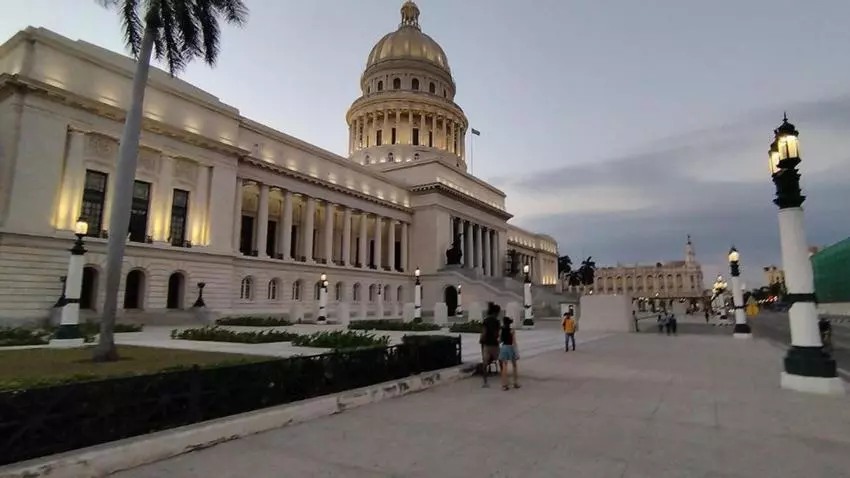
Caminar La Habana no es solo recorrer una ciudad: es escuchar lo que las fachadas murmuran cuando se abren los portones. / Javier Adrián Torres.
Este paseo no pretende ser exhaustivo. Tampoco turístico. Es, más bien, un homenaje narrado: una manera de devolverle la voz a los edificios que han sido silenciados. Un eco personal y tardío del espíritu que animó al recordado Eusebio Leal en su programa televisivo Andar La Habana, que tantas veces nos enseñó a mirar con otros ojos la ciudad que creíamos conocer.
Iremos caminando por algunos de los hitos que marcaron el auge republicano de La Habana, un período que no rompió con su pasado hispano y colonial, sino que lo recreó, lo amplificó y lo proyectó hacia una modernidad mestiza, profundamente cubana y, sin embargo, universal.
Aquí no solo hay arquitectura. Hay memoria. Hay denuncia. Hay amor.
Porque La Habana, ecléctica y monumental, aún vive. Y caminarla, como he hecho tantas veces, es también una forma de no dejarla morir. (CONTINUARA)…
CUBA TODAY: HAVANA MUST NOT DIE. PHOTOS.
A tour of the faded beauty of an eternal city.
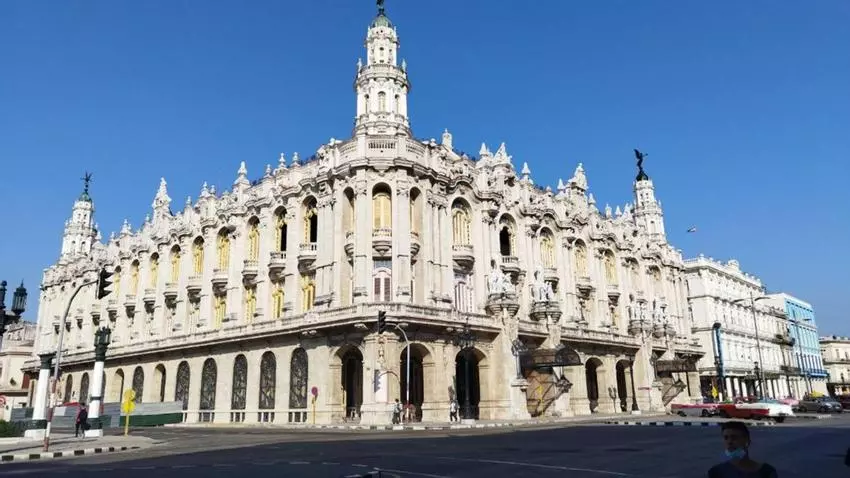
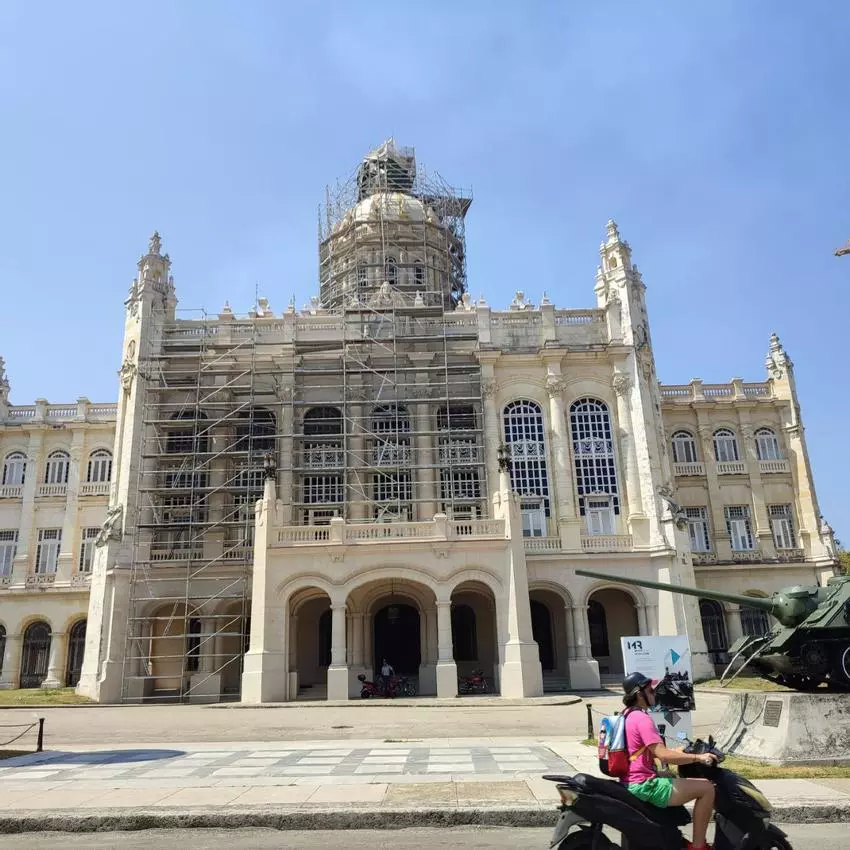
The capital is not dying by chance, but by neglect, mismanagement, lack of resources, and political will. / Javier Adrián Torres
MALAGA/HAVANA – Havana must not die. But it is dying. Not slowly, as some noble cities age, nor by transforming, as those that adapt to time. Havana is crumbling. Its domes resist as best they can, its columns tremble, and its walls—overcome by salt, neglect, and poverty—are no longer sustained by memory alone. A balcony falls, a staircase collapses, a façade is lost, and with it, a fragment of history.
And it is dying not by chance, but by neglect, misgovernance, lack of resources, and a political will that for decades failed to understand—or refused to understand—the value of its beauty and its legacy. If Havana still retains some of its soul, it is because there was a voice, that of Eusebio Leal, the Historian of Havana, who defended it against all odds, stone by stone, law by law, thanks in large part to his personal friendship with Fidel Castro and to the best of his ability, after the dictator’s death.
Today, without his encouragement and without resources, the city is sinking. But it must not die, because its history, its culture, and its dignity make it worthy of eternity.
Walking through Havana is not just exploring a city: it is listening to what the facades murmur when the gates open and the splendor emerges, beneath the ruin. It is seeing how a city that was a beacon of the Caribbean and the Hispanic world still beats beneath layers of abandonment and decay. It’s about remembering what was and wondering how it could have been forgotten.
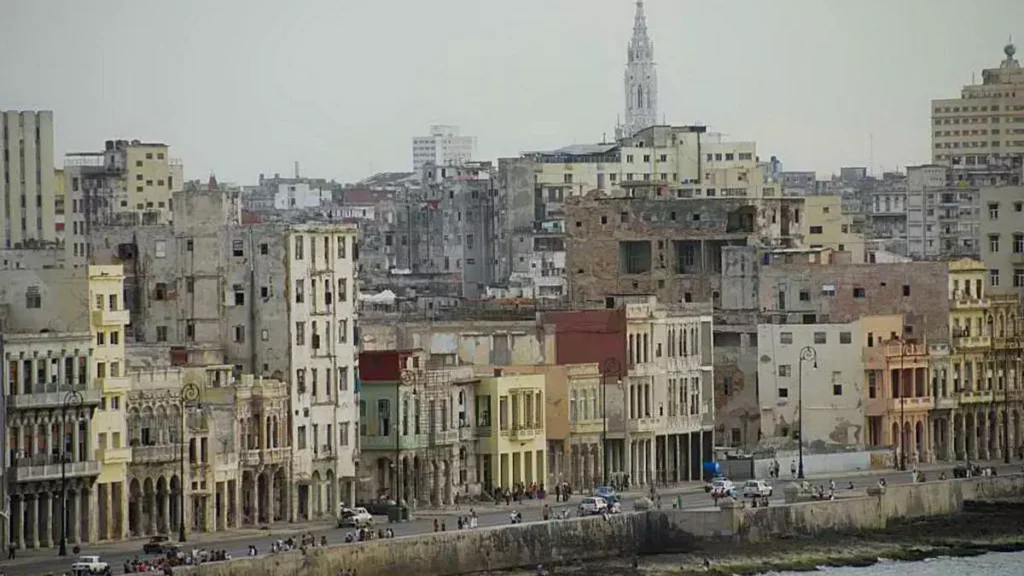
Walking through Havana isn’t just about exploring a city: it’s about listening to what the facades murmur when the gates open. / Javier Adrián Torres.
This walk isn’t meant to be exhaustive, nor is it meant to be touristy. It’s, rather, a narrated tribute: a way of giving voice back to the buildings that have been silenced. A personal and belated echo of the spirit that animated the late Eusebio Leal in his television program Andar La Habana, which so often taught us to look at the city we thought we knew with different eyes.
We will walk through some of the landmarks that marked Havana’s republican rise, a period that didn’t break with its Hispanic and colonial past, but rather recreated it, amplified it, and projected it toward a hybrid modernity, profoundly Cuban, yet universal.
Here there isn’t just architecture. There’s memory. There’s denunciation. There’s love.
Because Havana, eclectic and monumental, still lives. And walking through it, as I’ve done so many times, is also a way of not letting it die. (WILL CONTINUE)
Agencies/ José Adrián Torres/ 14ymedio/ La Habana/Extractos/Excerpts/ INternet Photos/ Arnoldo Varona.
www.TheCubanHistory.com
THE CUBAN HISTORY, HOLLYWOOD.





 CUBA HOY: LA HABANA NO DEBE MORIR. PHOTOS. * CUBA TODAY: HAVANA MUST NOT DIE. PHOTOS.
CUBA HOY: LA HABANA NO DEBE MORIR. PHOTOS. * CUBA TODAY: HAVANA MUST NOT DIE. PHOTOS.